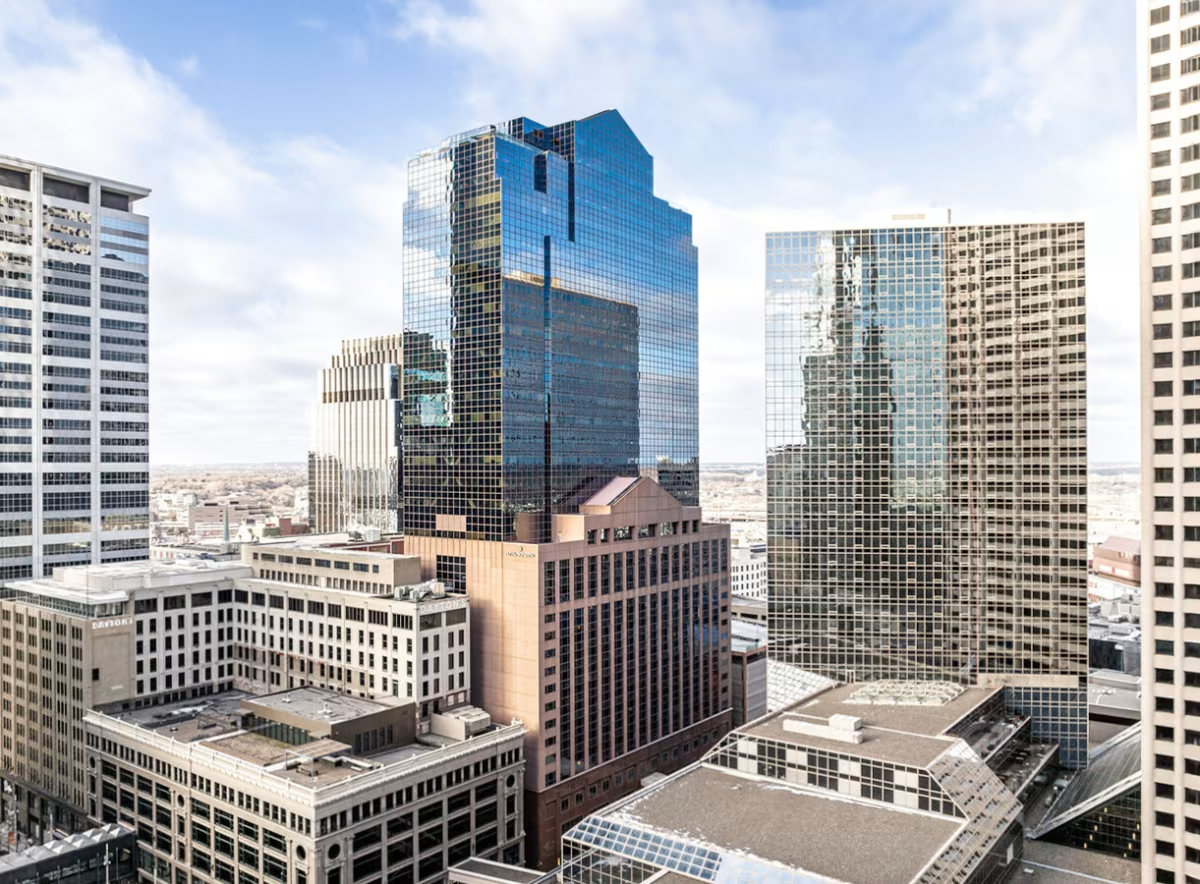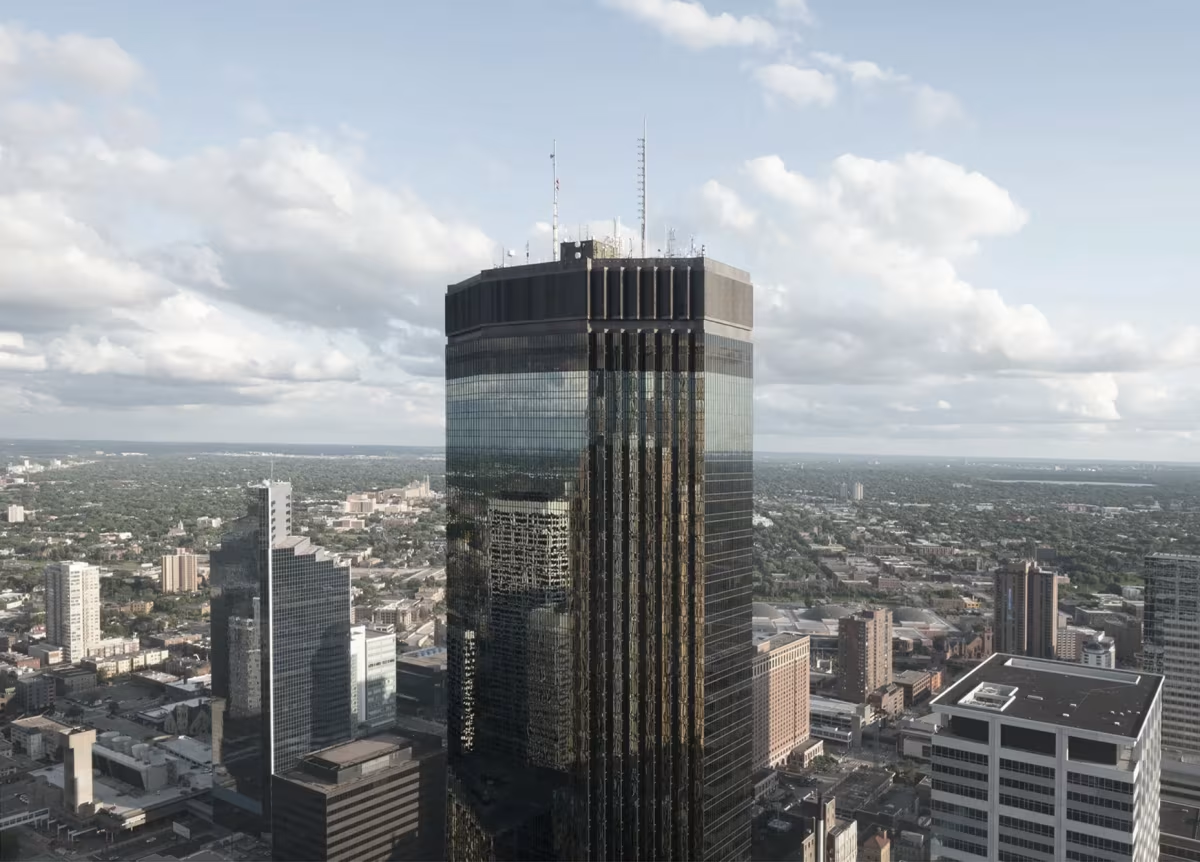PwC Plaza vs IDS Tower


Comparing the PwC Plaza and the IDS Tower is interesting because they both rise in Minneapolis, MN, yet they were conceived by two different design teams, Leonard Parker and Johnson/Burgee Architects, and were completed at different points in time. They were finished more than a decade apart.
This contrast within the same city allows us to see how different creative minds interpreted the evolving needs of Minneapolis across time.
Let's take a closer look!
Height & Size
The IDS Tower is clearly the larger tower of the two, both in terms of height and number of floors. It rises to 791ft (241m) with 55 floors above ground, while the PwC Plaza reaches 476ft (145m) with 36 floors above ground.
Of course, each project may have faced different briefs or regulatory constraints, which we don't really know about and could also explain the outcome.
Architectural Style
Both the PwC Plaza and the IDS Tower were designed in line with the aesthetic conventions of the Postmodernism style.
At the time, this style was at the height of its popularity. So both Leonard Parker and Johnson/Burgee Architects followed what was in many ways expected of them, producing designs that fit comfortably within contemporary architectural norms, rather than breaking with convention.
Uses
The PwC Plaza follows a mixed-use model, combining commercial and hotel. In contrast, the IDS Tower has remained primarily commercial.
The PwC Plaza incorporates a 4-star hotel with 360 rooms. More information is available at the official website.
Both towers provide significant parking capacity, with PwC Plaza offering 315 spaces and the IDS Tower offering 538.
Structure & Facade
The two towers rely on different structural systems, reflecting distinct engineering strategies.
The PwC Plaza uses a Frame structural system, which relies on a regular grid of columns and beams to sustain its weight, while the IDS Tower uses a Trussed Frame system, that uses diagonal bracing in addition to beams and columns for stability.
Yet, when it comes to their facade, they both employed the same solution, a Curtain Wall facade.
A curtain wall is a non-load-bearing facade hung from the structural frame. It is anchored to floor slabs and transfers only its own weight and wind loads, allowing for sleek, glassy exteriors.
| PwC Plaza | IDS Tower | |
|---|---|---|
| Leonard Parker | Architect | Johnson/Burgee Architects |
| 1984 | Construction Started | 1969 |
| 1987 | Year Completed | 1973 |
| Postmodernism | Architectural Style | Postmodernism |
| Mixed | Current Use | Commercial |
| 36 | Floors Above Ground | 55 |
| 3 | Floors Below Ground | 4 |
| 145 m | Height (m) | 241 m |
| Frame | Structure Type | Trussed Frame |
| Steel | Vertical Structure Material | Steel |
| No | Facade Structural? | No |
| Glass | Main Facade Material | Glass |
| Jaros, Baum & Bolles | MEP Engineer | Michaud Cooley Erickson |
| Enclos Corp. | Facade Consultant | Manntech |
| MN | State | MN |
| Minneapolis | City | Minneapolis |
| 45 South 7th Street | Address | 80 8th Street South |